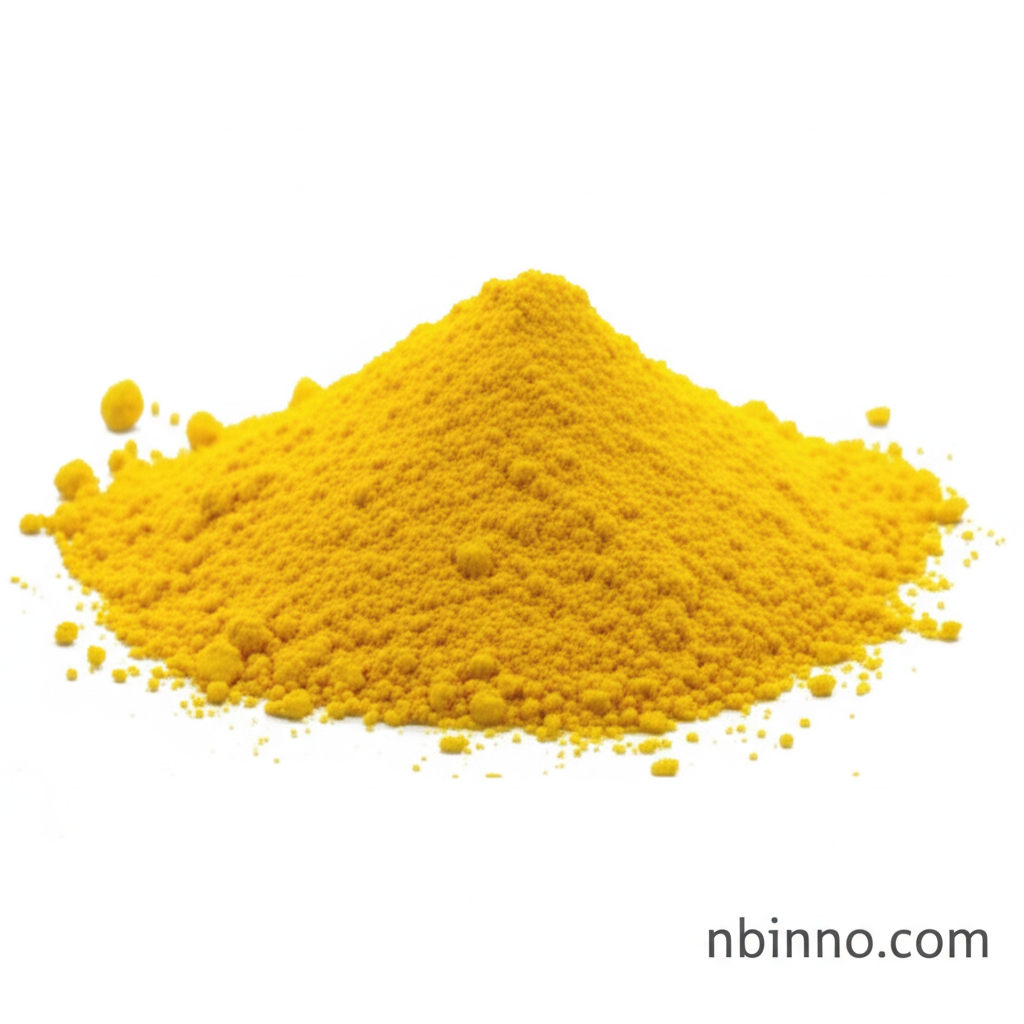8-methoxychlortetracycline: Properties and Applications
Explore the detailed chemical profile and diverse uses of 8-methoxychlortetracycline, a vital compound in pharmaceutical research.
Get a Quote & SampleProduct Core Value

8-methoxychlortetracycline
8-methoxychlortetracycline, identified by CAS number 110298-63-0, is a significant compound in the pharmaceutical sector, primarily recognized for its role as a diagnostic reagent. Its molecular formula is C23H25ClN2O9, with a molecular weight of 508.9056. This substance presents as a yellow powder and exhibits good solubility in DMSO, making it amenable to various laboratory applications.
- Delving into the 8-methoxychlortetracycline chemical properties reveals its structure as a key tetracycline antibiotic, crucial for various research endeavors.
- The 8-methoxychlortetracycline diagnostic reagent function highlights its importance in medical testing and analysis.
- Understanding the 8-methoxychlortetracycline solubility in DMSO is vital for researchers preparing solutions for experiments.
- Leveraging 8-methoxychlortetracycline for antibacterial therapy research aids in the development of new treatments.
Advantages of Using 8-methoxychlortetracycline
Broad-Spectrum Antibacterial Action
The compound's efficacy as an antibiotic is rooted in its mechanism of inhibiting protein synthesis, a critical aspect explored in antibacterial therapy research.
Versatile Diagnostic Applications
As a key diagnostic reagent, it plays a role in various analytical procedures, contributing to advancements in medical diagnostics.
Chemical Stability and Solubility
Its solubility in solvents like DMSO and its powdered form contribute to its ease of use and integration into experimental protocols for 8-methoxychlortetracycline chemical properties studies.
Key Applications
Pharmaceutical Research
Used extensively in research settings to study the mechanisms of tetracycline antibiotics and their impact on bacterial growth, supporting antibacterial compound analysis.
Diagnostic Assays
Serves as a crucial component in various diagnostic tests, contributing to accurate disease detection and monitoring through its role as a diagnostic reagent.
Chemical Synthesis
Acts as a valuable intermediate or starting material in the synthesis of more complex pharmaceutical compounds, essential for chemical synthesis for research.
Veterinary Medicine Research
Its antibacterial properties make it a subject of study for potential applications in treating infections in animals, relevant for pharmaceutical intermediate sourcing.
